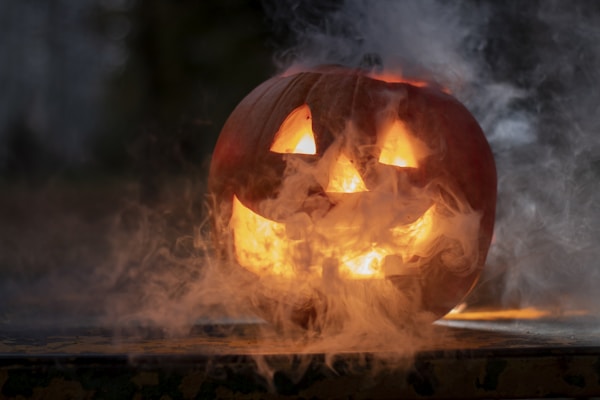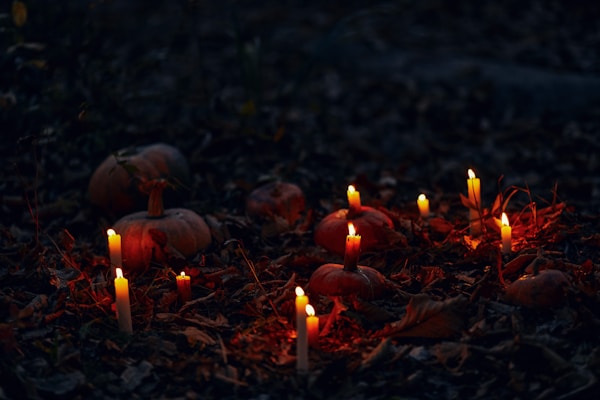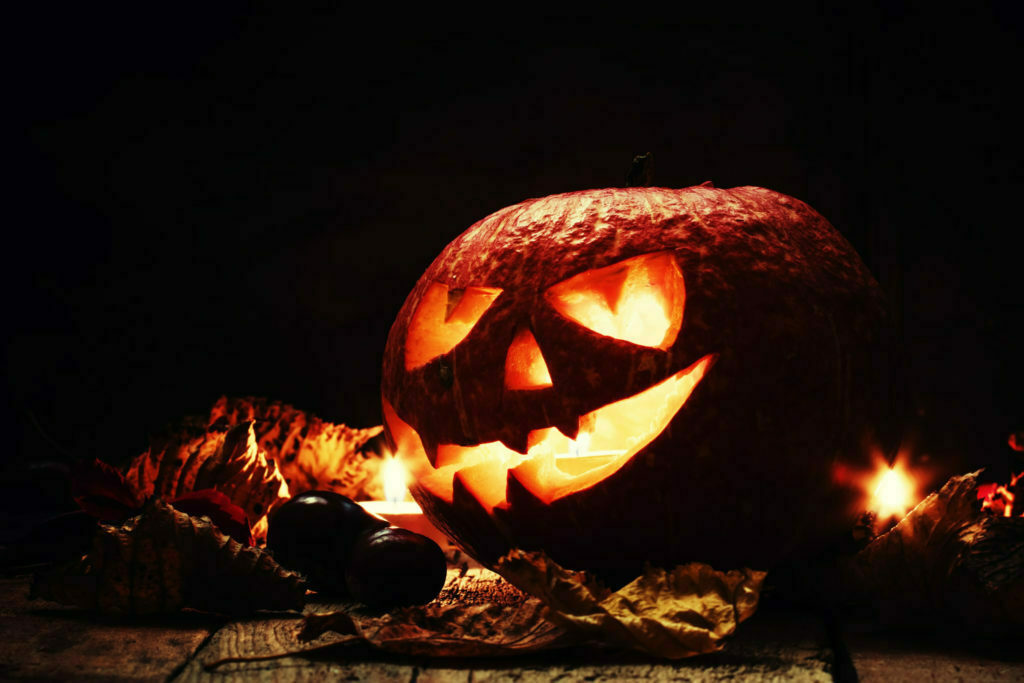Halloween is a time of year when many people like to dress up in costumes and enjoy treats. For many people, Halloween is also a time to enjoy scary movies and other spooky activities. But did you know that Halloween has its roots in a festival that the Vikings celebrated? While there isn’t much proof, a few theories could explain why the Vikings may have celebrated a similar holiday. Keep reading to learn more about the connection between Vikings and Halloween.
The Celtic Festival of Samhain

The Celtic festival of Samhain was an event that the Celts celebrated in Ireland, Scotland, and the Isle of Man. This festival takes place on October 31st, also known as Halloween. The purpose of this festival was to mark the harvest season’s end and celebrate the beginning of winter with Halloween entertainment.
The Samhain festival was a time when the Celts believed that the boundary between the worlds of the living and the dead became blurred. This allowed the spirits of the dead to pass through into the world of the living. The Celts would perform rituals to appease these spirits and offer them sacrifices. The Samhain festival was also a time when the Celts would forecast the future. They would do this by looking at the patterns of the leaves on the trees and the shapes of the animals. The Celts believed that the future could be changed by the actions of the living.
The Origin of the Word “Halloween”

The word “Halloween” comes from the old Norse word “Halogaland,” which means “the land of spirits.” Additionally, many Scandinavian traditions associated with Halloween, like dressing up in costumes and trick-or-treating, are also found in Viking culture. One possible explanation for this is that when the Vikings came to America, they merged their own cultural traditions with those of the native people they encountered.
Soul Night
One theory suggests that the Vikings may have celebrated a “Soul Night” holiday in late October or early November. This holiday was thought to be a time when the souls of the dead were thought to travel back to the living world. The Vikings may have celebrated this holiday by wearing costumes, telling ghost stories, and performing rituals to honor the dead. There is evidence that the Vikings did celebrate a holiday around this time of year. The Vikings may have celebrated Soul Night by wearing costumes. One example of a Viking costume is the “berserker” costume. This costume consisted of a bear skin cloak and a helmet with a bear’s head. The Vikings may also have celebrated Soul Night by telling ghost stories.
One popular Viking ghost story is the story of the “Norse God of the Dead,” Odin. In this story, Odin travels to the underworld to bring back the dead. The Vikings may also have performed rituals to honor the dead on Soul Night. One example of a Viking ritual is the “burial at sea” ritual. In this ritual, the dead person’s body was placed in a boat and then set on fire. The boat was then sent out to sea. Another example of a Viking ritual is the “blood eagle” ritual. In this ritual, the dead person’s body was cut open, and the ribs were spread out to look like the wings of an eagle.
Disguises and Costumes
Many of the traditional costumes and disguises associated with Halloween may have originated from Norse customs. For example, the Vikings often used masks and costumes to conceal their DNA Viking traits or transform into other creatures. Animal masks, for example, were often used in battle to scare the enemy, while other masks were used for religious ceremonies or to represent the different gods and goddesses.
Costumes could also be used to make someone look different or disguise them as a monster or other creature. The use of masks and costumes was an important part of Viking culture and helped to add excitement and mystery to their lives. Additionally, it’s noted that many of the popular Halloween symbols, such as pumpkins, spiders, and ghosts, may have been derived from Norse mythology.
Overall, many of the traditions that we associate with Halloween, such as dressing up in costumes and telling ghost stories, are derived from the traditions of the Vikings. So next time you’re celebrating Halloween, be sure to raise a glass of mead in honor of the Viking.



